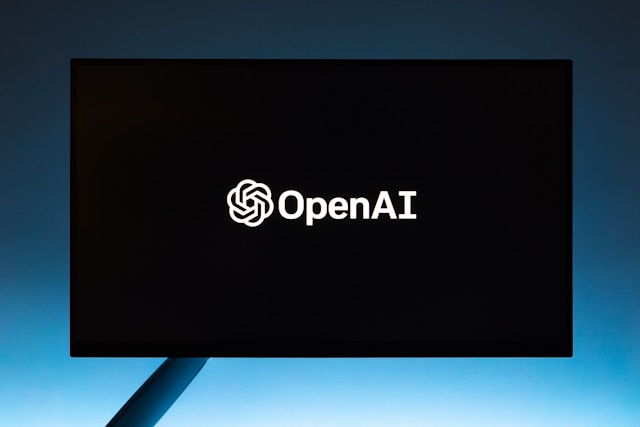As we venture deeper into the digital age, the importance of web design cannot be overstated. However, the introduction of AI in the form of chatgpt for website design is changing the game. This guide will walk you through how ChatGPT can revolutionize your website design process, making it more interactive, efficient, and user-friendly.
To integrate chatgpt into your website design, you’ll need the following:
- OpenAI’s GPT-3 API: This is the core engine that powers ChatGPT. You’ll need access to OpenAI’s API, which you can get from their official website.
- A designed website: ChatGPT can be integrated into an existing website or one you’re currently designing.
- Basic coding skills: While you don’t need to be an expert, having a basic understanding of coding, especially in JavaScript and HTML, will come in handy.
Integrating chatgpt for website design is a straightforward process, and here’s how you can do it:
- Access the OpenAI API: Register on OpenAI’s website and get your API key.
- Install the necessary packages: Use your preferred package manager to install the OpenAI package into your project.
- Implement the API: Use the API key to integrate the ChatGPT into your website. There are numerous online tutorials and OpenAI’s own documentation that can help with this step.
- Test the functionality: Ensure that the chatbot is working correctly. Address any issues or bugs that may arise.
Remember, the integration of chatgpt for website design should enhance user experience and not become a hindrance.
Here are a few tips and tricks to maximize the benefits of using chatgpt for website design:
- Understand your audience: Tailor the AI’s responses to suit your audience. If your website is business-oriented, program the bot to use a more formal tone.
- Keep it simple: Don’t overload the chatbot with too many functions. Keep it simple and user-friendly.
- Continuous improvement: AI is a learning technology. Continually train and refine your ChatGPT based on user interactions and feedback.
- Privacy measures: Ensure that the chatbot respects user privacy and does not retain sensitive information.
The integration of chatgpt for website design not only enhances the interactivity of your website but can also streamline user experience, making it more personalized and efficient. However, like any other tool, its effectiveness lies in the right implementation. Understand your audience, keep the bot simple, and continuously improve based on feedback.
In an era where user experience is paramount, leveraging AI in your web design can give you a competitive edge. So, embrace the revolution and start your journey with ChatGPT today.
Further Exploration
Beyond the basic integration of chatgpt for website design, there are several advanced applications of this technology that you can explore:
- Personalized User Experience: With the right training, ChatGPT can provide personalized responses based on user behavior. This can significantly boost user engagement and satisfaction.
- Automated Customer Support: ChatGPT can be an effective tool for automated customer support, providing instant responses to common queries and issues.
- Content Generation: ChatGPT is capable of generating high-quality content. You can utilize it to create dynamic content for your website based on user inputs.
Final Thoughts
In today’s digital landscape, AI has become an indispensable tool for creating dynamic, interactive, and user-friendly websites. The integration of chatgpt for website design is a testament to this trend. It’s not just about making your website look good—it’s about creating an engaging and personalized user experience.
However, the key to success with ChatGPT, or any AI tool, lies in the right implementation.
Image Source :

Leave a Reply